Believe it or not, there are abandoned skyscrapers scattered all over America. These massive structures, once symbols of ambition and grandeur, have some truly captivating stories to share. From Hollywood stars to financial scandals, devastating fires, run-ins with the law, and even illegal alcohol trade, their histories are quite colorful. Photographer Leland Kent of Abandoned Southeast has captured these forsaken towers in all their glory. Take a virtual tour of nine of these neglected giants in the region and uncover the intriguing secrets they hold.
JEA Tower
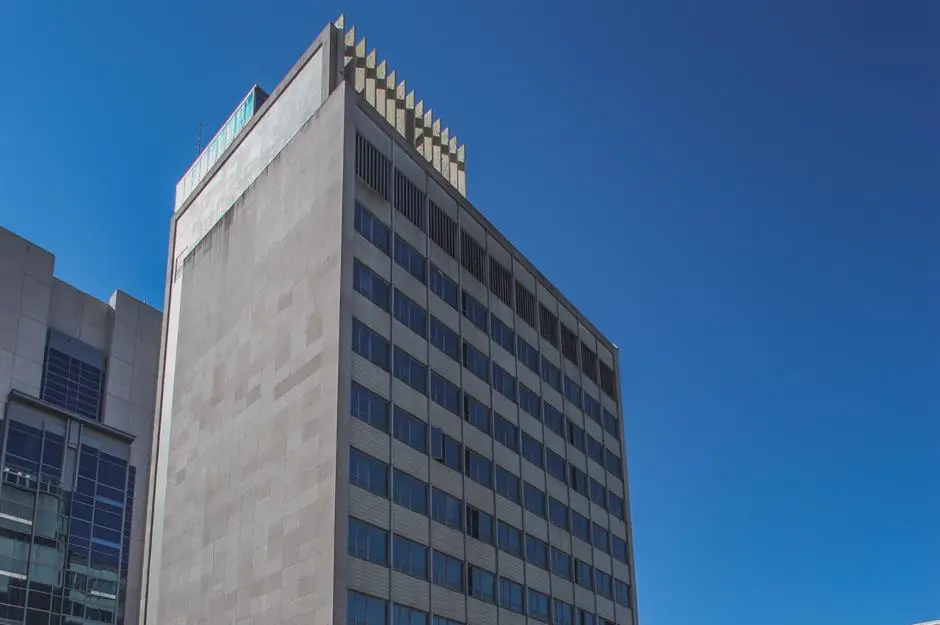
This building, known as “The Old JEA Tower,” can be found in Jacksonville, Florida. It was constructed in 1955 and used to be the headquarters for the Independent Life and Accident Insurance Company for a significant period. So, how did such a magnificent property end up in a state of disrepair?
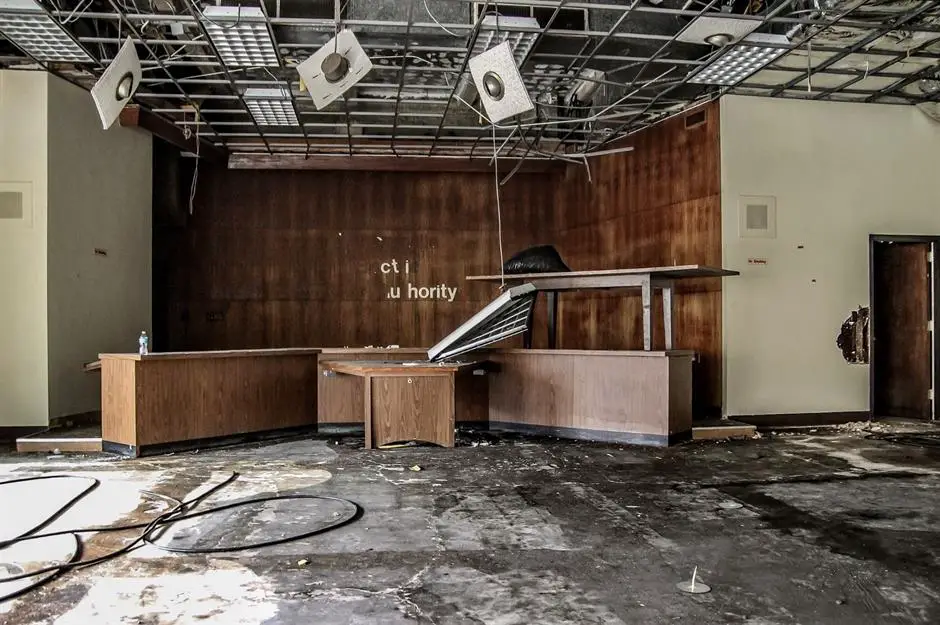
Soaring 260 feet into the sky, this skyscraper encompasses 162,000 square feet. In its prime, it featured retail stores at street level along Julia Street, a restaurant, and a sky lounge on the top floor, offering breathtaking views of the city.
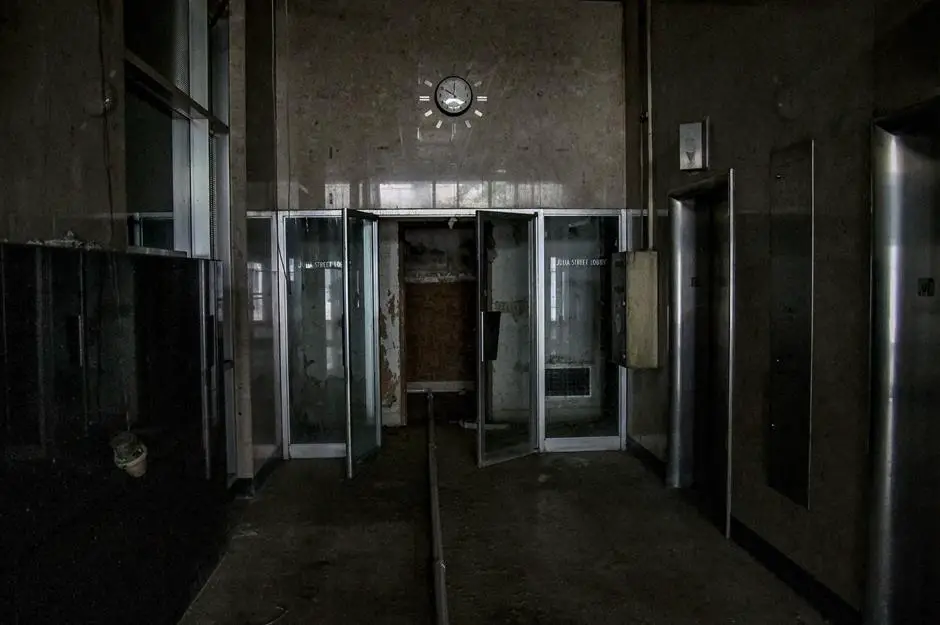
Designed in the mid-century modern style, the tower was primarily constructed from granite, marble, and limestone, which were used extensively in the once-elegant interior. In 1975, Independent Life relocated its headquarters to the newly finished Independent Square development, now known as the Wells Fargo Center, leaving the tower behind.
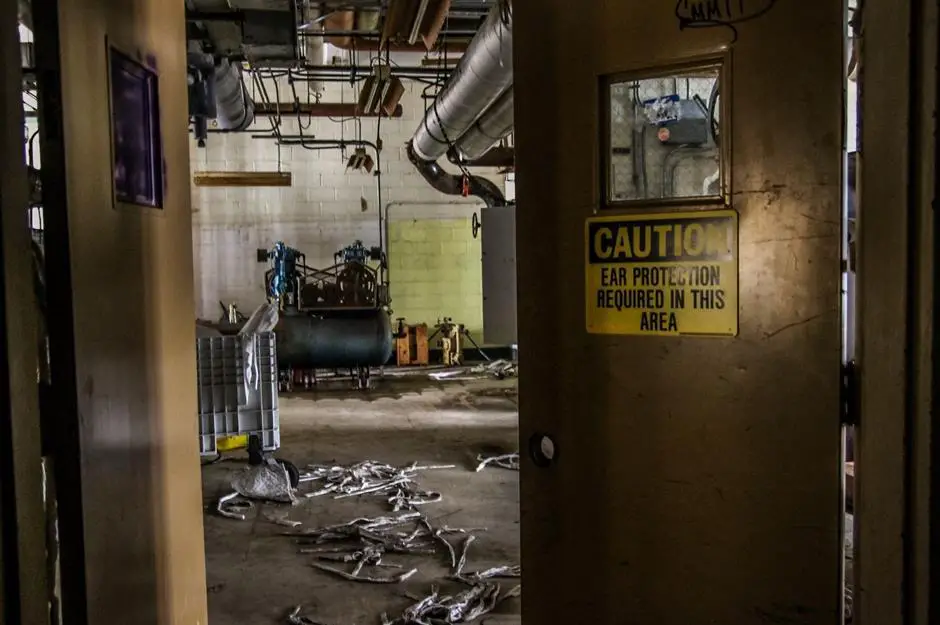
In 1976, the Jacksonville Electric Authority (JEA) acquired the property and set up its offices inside. However, by the late 1980s, most of JEA’s offices had moved to the Universal Marion Building, officially abandoning the tower in March 1999. Many of the deserted interior spaces still bear traces of their former glory.
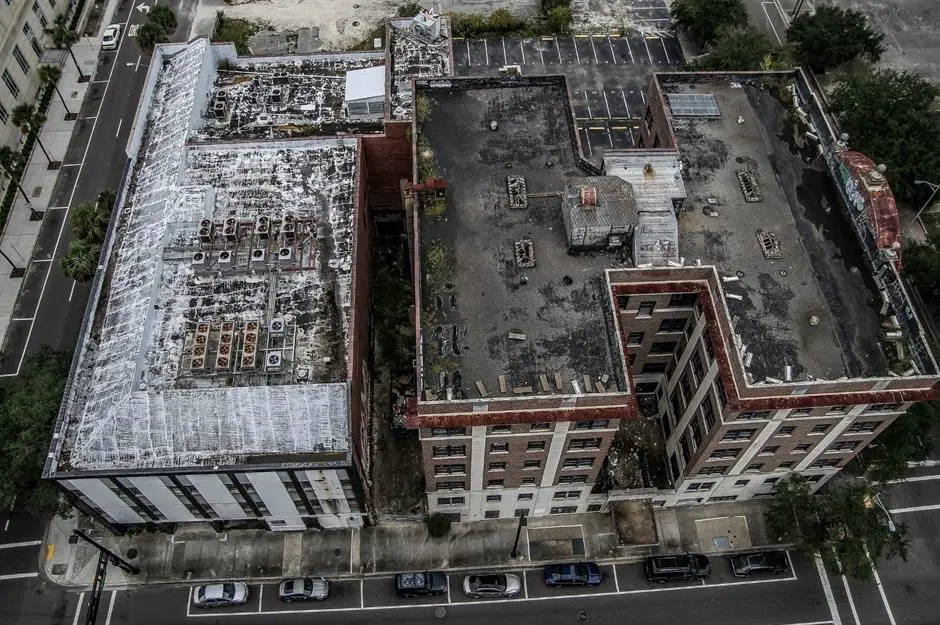
Regrettably, the JEA Tower remained empty for nearly two decades, holding the title of downtown Jacksonville’s tallest abandoned building. But its luck may be changing. In 2019, the Augustine Development Group purchased it for $3.7 million (£2.8m), and in 2021, the Jacksonville City Council approved a substantial preservation grant to support its transformation into a 135-unit apartment complex. Keep an eye on this space for further developments…
100 North Main
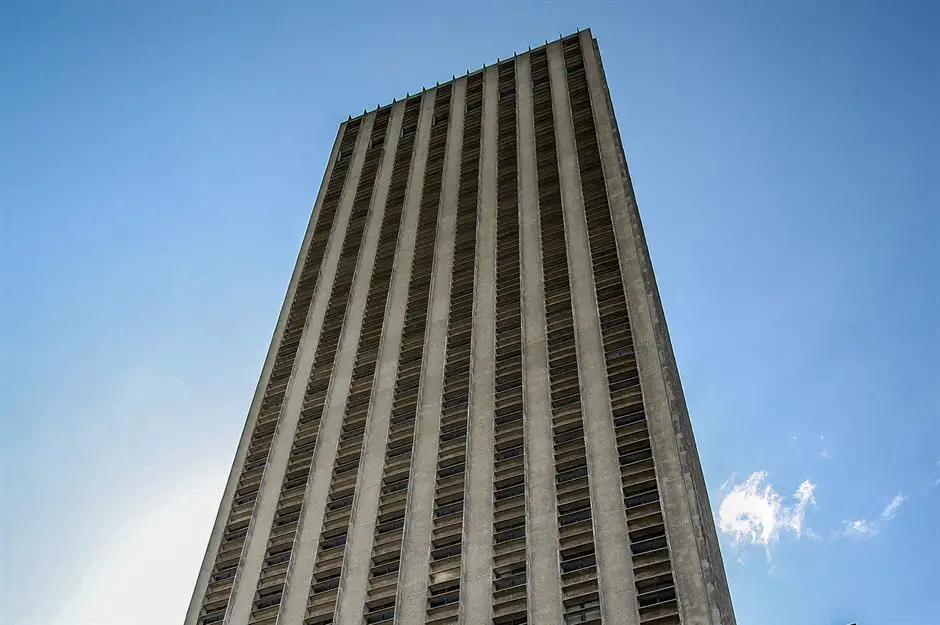
It’s quite unbelievable to think that the tallest building in a major U.S. city could fall into disrepair, but that’s exactly what has happened to Memphis’s tallest skyscraper. Towering over downtown, the 38-story 100 North Main, standing at 430 feet, serves as a painful reminder of the city’s economic decline that began in the late 20th century.
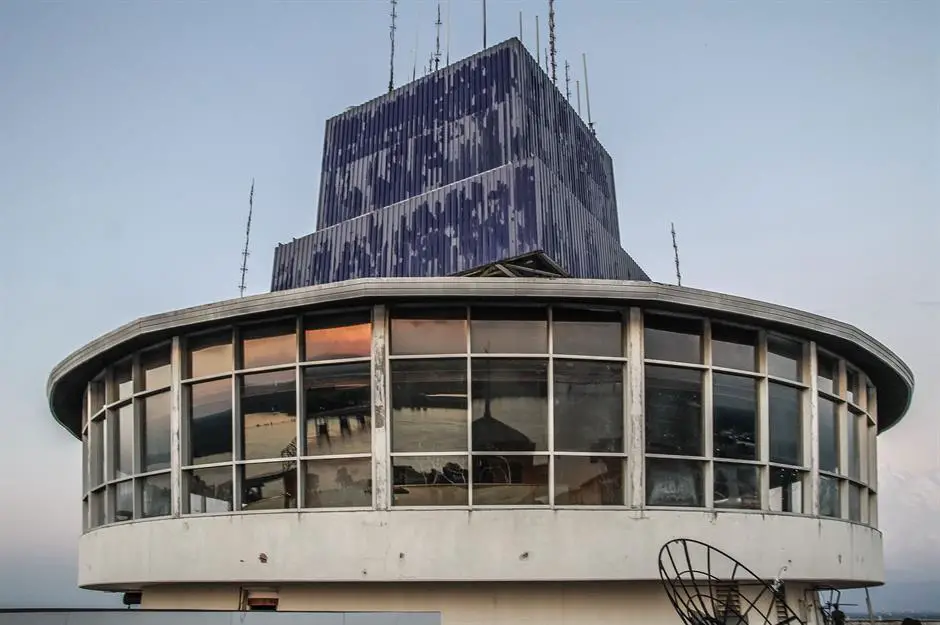
This striking skyscraper is perhaps more famously known as the Union Planters building, thanks to the illuminated ‘UP Bank’ sign that adorned its roof shortly after it was completed in the mid-1960s. Many people in Memphis assumed that the bank’s headquarters were located in the building, hence the alternative name for the tower. Sadly, the sign was taken down in 2005 following the takeover of Union Planters National Bank, and now only the worn-out blue box it was attached to remains.
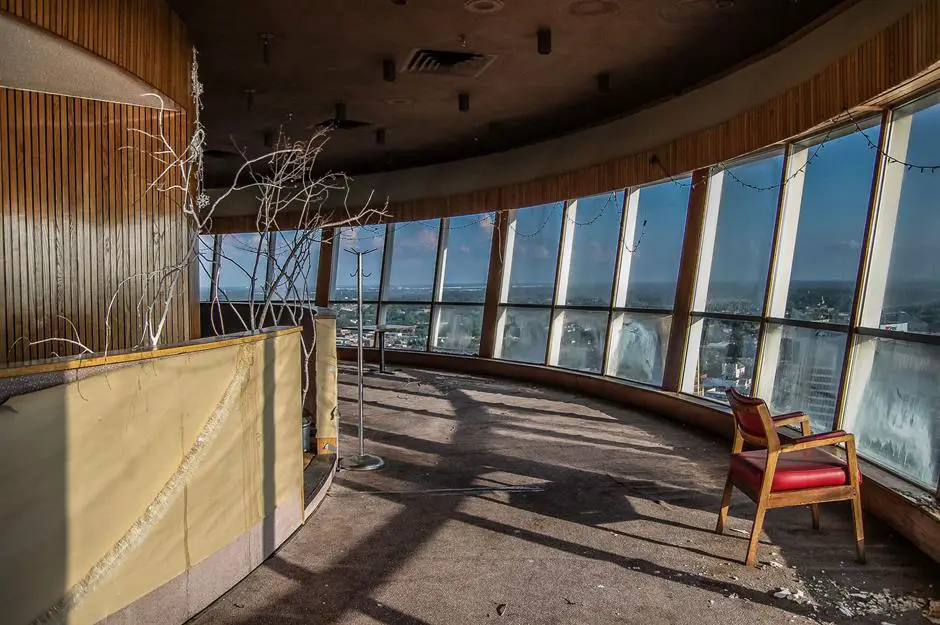
During the 1960s, 1970s, and a significant part of the 1980s, this upscale skyscraper dominated the skyline, housing prestigious law firms, title companies, and other professional businesses. However, the tower’s main attraction was the fantastic revolving restaurant perched on its roof beneath the iconic ‘UP Bank’ sign. In its heyday, this restaurant was frequented by celebrities like Elvis Presley and Isaac Hayes.
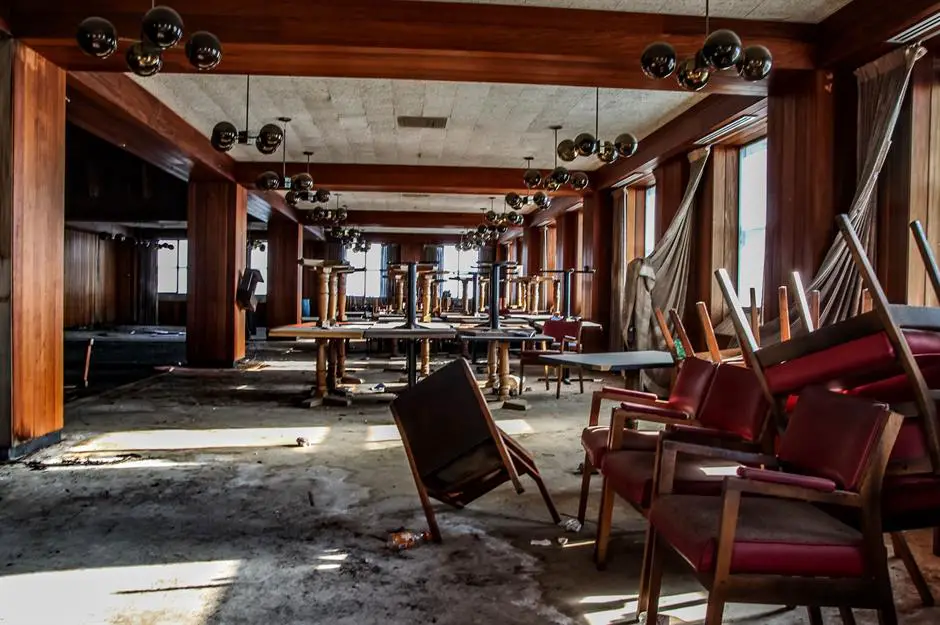
This trendy restaurant was a popular hangout, boasting a Japanese rock garden in the clouds. The garden closed in 1971, reportedly due to visitors throwing objects from the roof, but the revolving restaurant, operating under various names including Top of the 100 and the Pinnacle, continued to attract patrons for several decades. As the demand for office space in downtown Memphis declined in the late 20th century, the skyscraper’s fortunes began to fade.
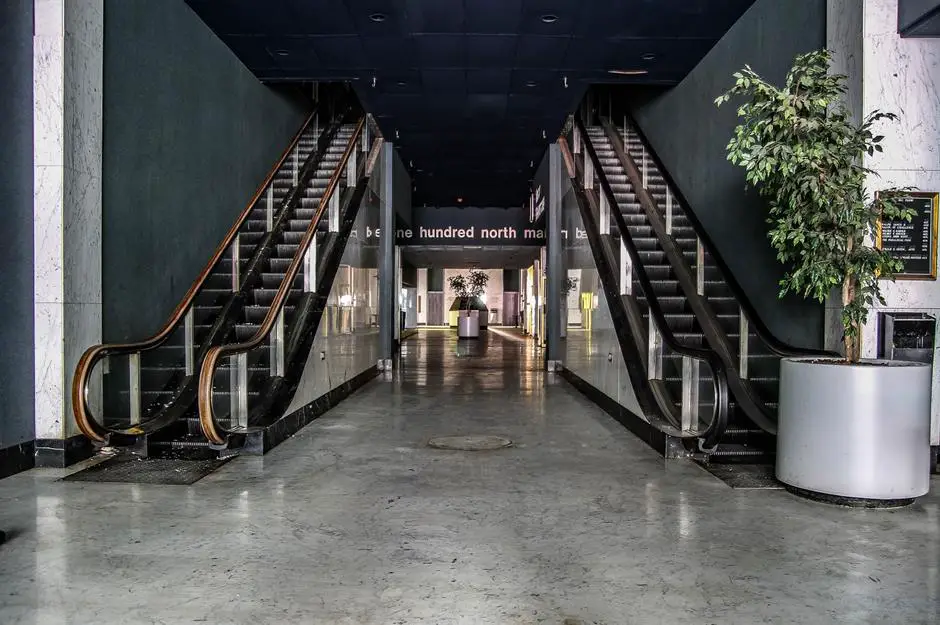
The weary property was listed for sale in 2006 for $20 million (£15m), and by 2012, only 30% of the building was reportedly occupied. The last tenants vacated in 2014 to make way for an ambitious hotel renovation, but the project fell through due to a lack of funds. Despite sitting vacant and boarded up for years, there is newfound hope. As of November 2021, six development groups are vying to revive this skyscraper, so stay tuned for updates!
Brown-Marx Tower
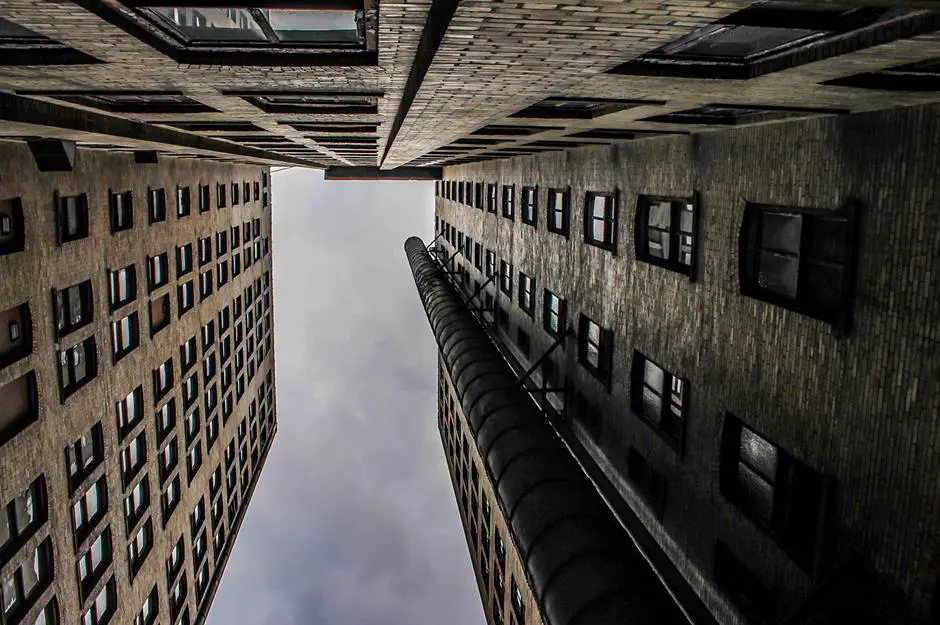
When the Brown-Marx Tower was completed in 1906, it stood as the tallest building in Birmingham, Alabama. It was the second building to be constructed at the intersection of First Avenue and 20th Street, eventually earning the nickname ‘Heaviest Corner on Earth’ due to the four substantial skyscrapers that graced the location.
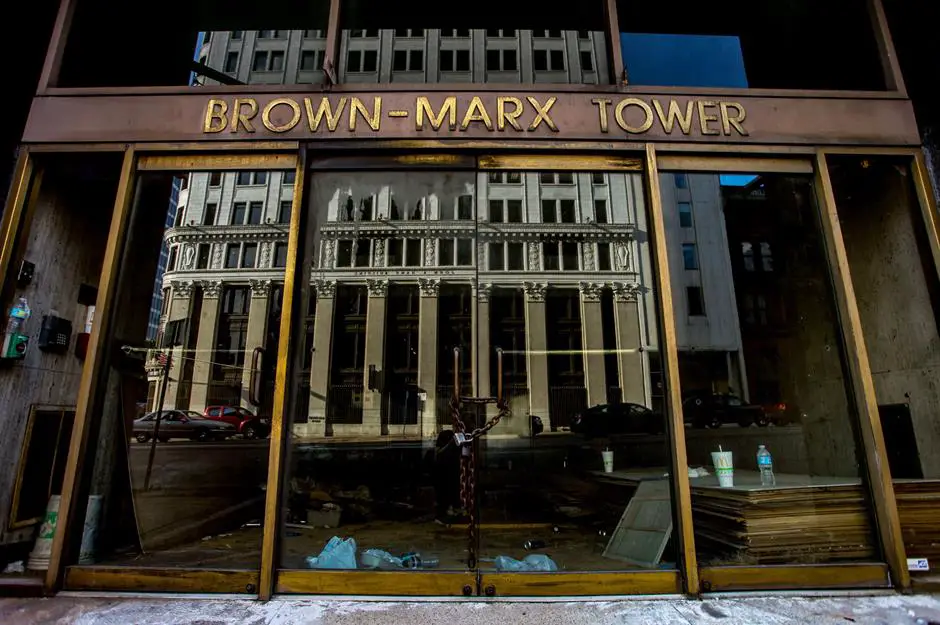
This 16-story steel-framed skyscraper, towering over 210 feet, underwent significant expansion in 1908. Notably, George Bodeker, the former police chief of Birmingham, who faced allegations of accepting bribes from gambling houses, opened his own detective agency on the second floor in 1914. The following year, another former police chief, CW Austin, reportedly replaced him and boldly established his Secret Service Agency two floors above. It’s quite the story of dubious funding…
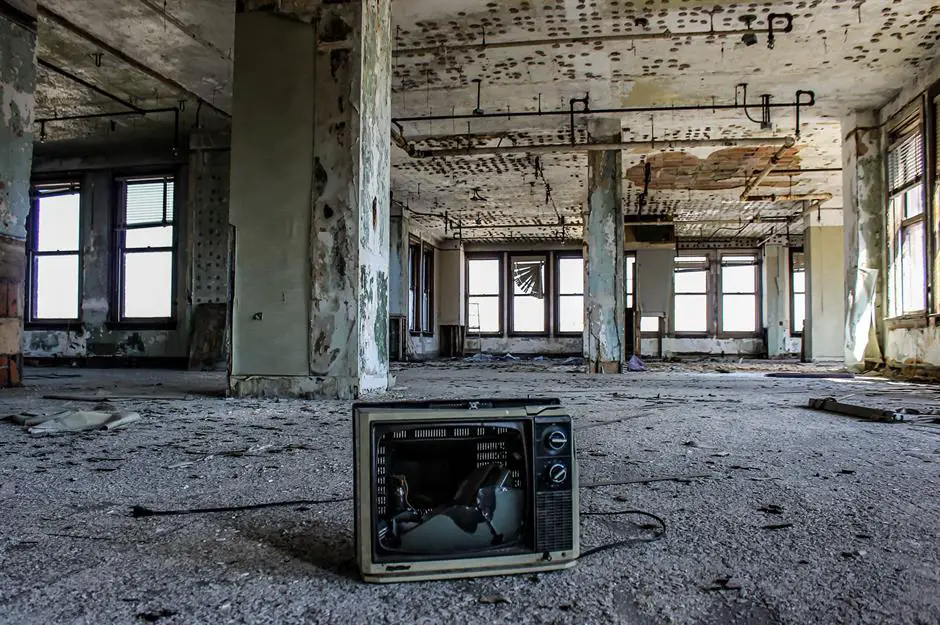
The building also had less controversial occupants over the years, including US Steel, the Brown-Marx Cigar Company, Watts Realty, and at one point, even a pool hall. However, as time passed, the tower’s fortunes dwindled, and by the early 2000s, the remaining tenants had moved out for good. In 2016, photographer Leland Kent captured the building’s decline in exquisite detail.
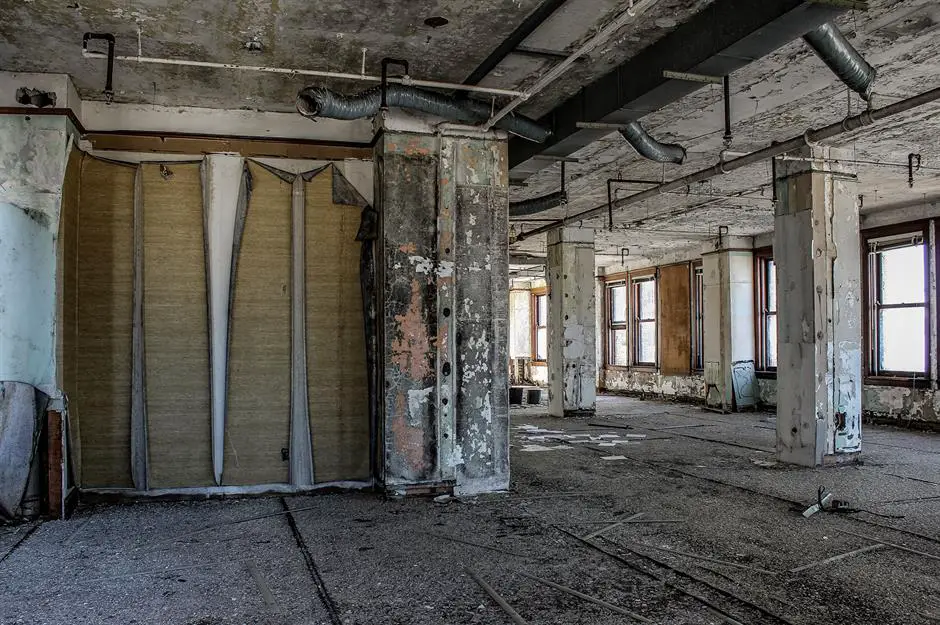
A $22 million (£16.5m) renovation project aimed at transforming the vacant space into a luxury condo and retail complex unfortunately fell through. The skyscraper faced more challenges in 2006 when glass mysteriously began falling from its windows onto the streets below. In 2009, the aluminum facade, which had covered the tower’s ornate Beaux-Arts cornice since the 1970s, came crashing down during a windstorm, as reported by Advance Local.
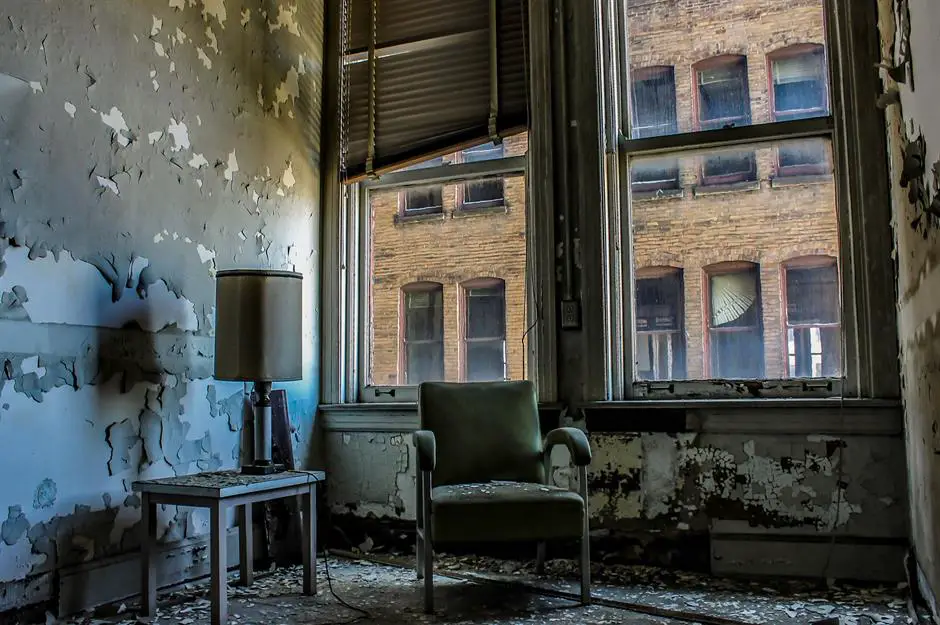
In 2012, things seemed to be improving when a real estate agency purchased the skyscraper and moved its offices to the first-floor annex building. However, in 2017, the tower changed hands once more, this time to a hotel developer who conducted stabilization work in 2019. Now, Campo Architects from New Orleans have exciting plans to transform the building. By winter 2022, the Brown-Marx Tower is slated to become a 232-room hotel, featuring a restaurant, bar, meeting spaces, and a 1,200-square-foot gym.
Empire Building
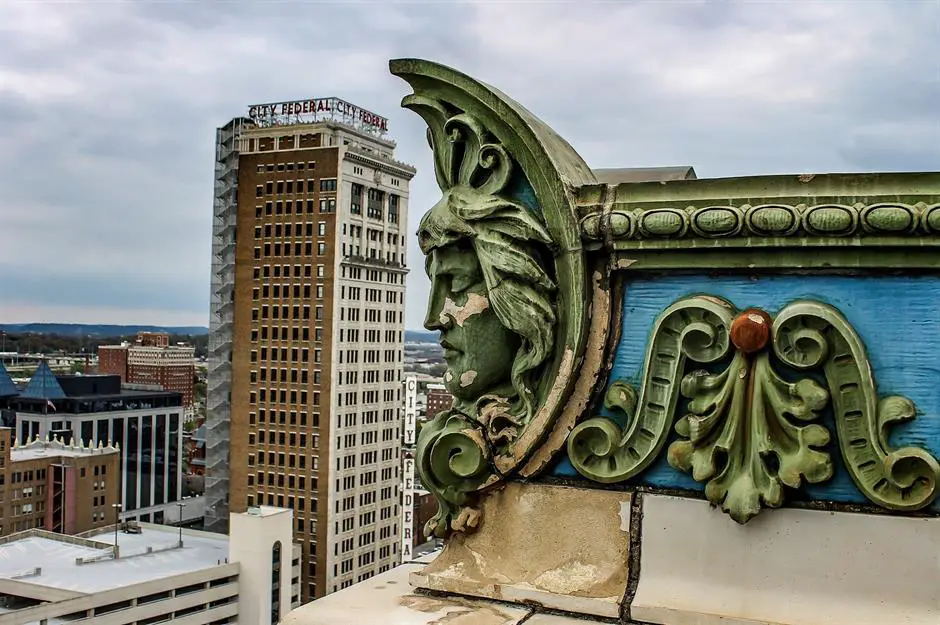
The third of the four skyscrapers comprising the famous ‘Heaviest Corner of Earth’ in downtown Birmingham, the 16-story Empire Building, was unveiled in 1909. Soaring to a height of 247 feet, this Classical Revival gem outshone the Brown-Marx Tower to claim the title of the tallest building in Birmingham for a few years, but like its shorter neighbor, it held the crown only briefly.
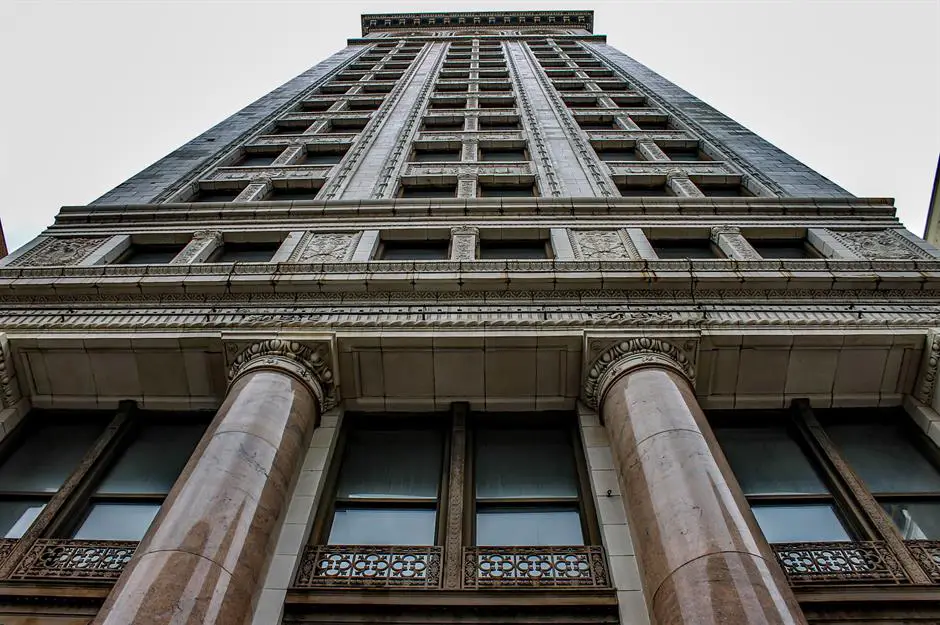
No expense was spared in adorning this ornate skyscraper. Its exterior was covered in intricately molded terracotta, featuring pink granite Doric columns and even busts of architect William Leslie Welton and project superintendent Frederick Larkin, grandiosely depicted as heroic historical figures. Inside, the building boasted magnificent rooms and corridors finished with the finest marble and mahogany.
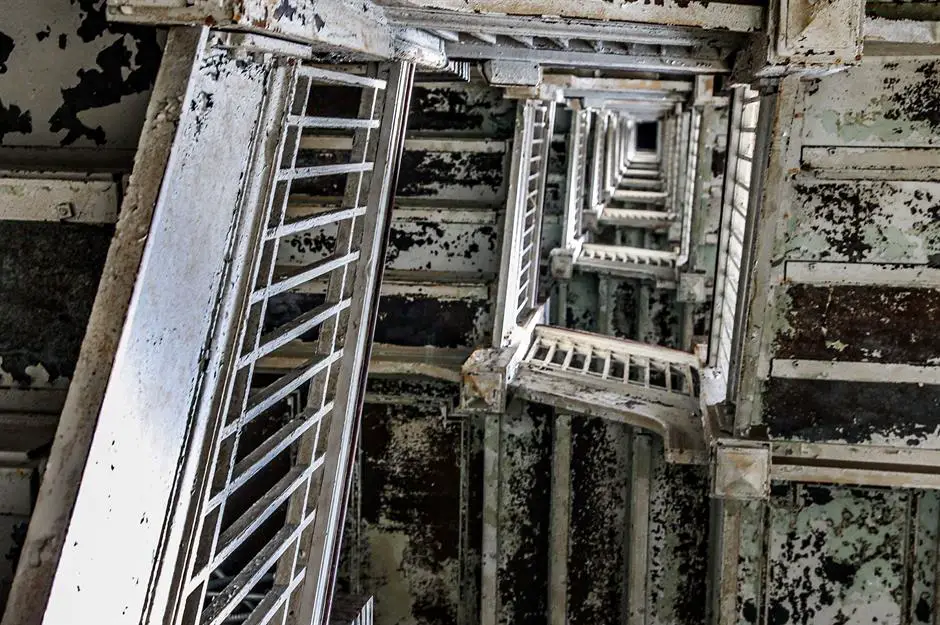
In 1917, the skyscraper garnered attention when Harry Gardiner, known as ‘The Human Fly,’ daringly scaled it with his bare hands. Perhaps ‘Spider Man’ would have been a more fitting nickname. The tower’s occupants changed over the years. In its early days, the ground floor housed a drugstore, while the upper floors were leased to various businesses.
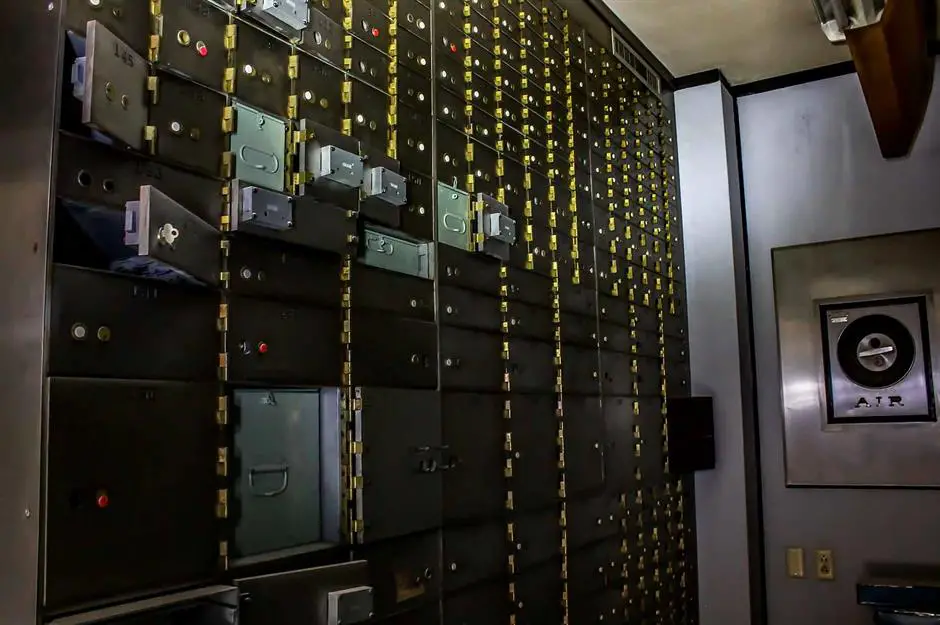
A local bank repurposed the skyscraper in 1965, operating a branch on the ground floor until 2009 – you can spot the safety deposit boxes in a more recent photo. The Empire Building was left vacant in that same year, its glorious days fading into history. Seemingly without value or takers, this architectural treasure languished on the market until 2012, when a group of investors took it over.
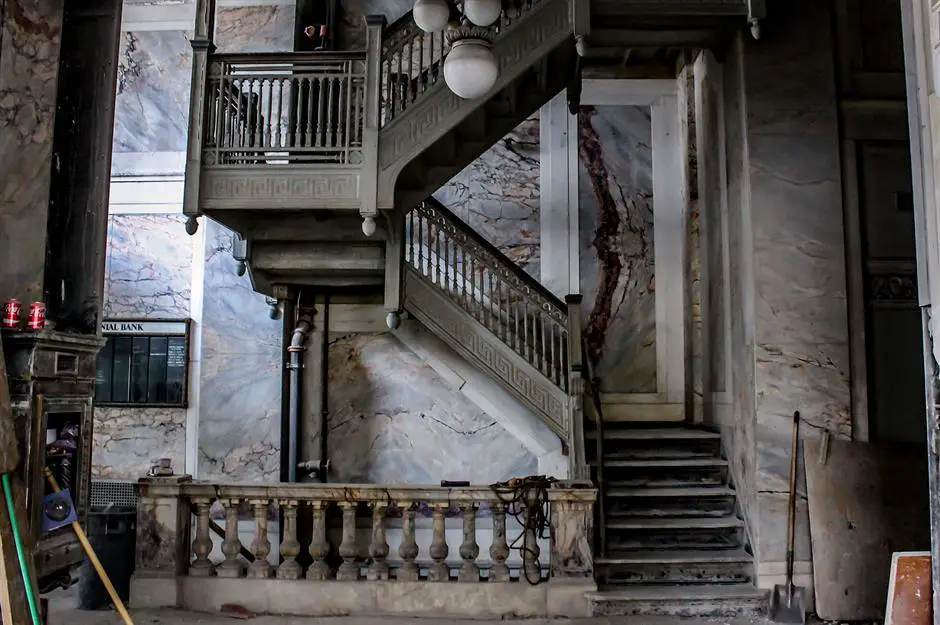
A $27 million (£20.3m) renovation project rescued the building from the brink of decay, and it reopened in 2017 as a five-star boutique hotel under the Marriott International brand. Unfortunately, the company had to abandon their original choice of ‘The Empire Hotel’ for the name due to objections from the Empire State Building in New York City. Instead, they settled on ‘The Elyton Hotel,’ as reported by Bham Now.
John Hand Building
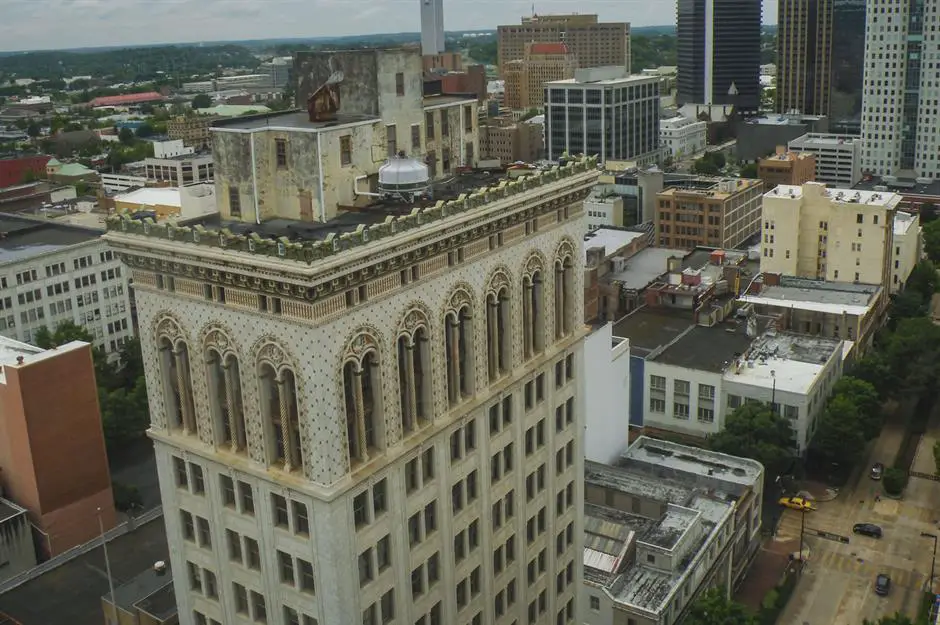
The John Hand Building, the fourth and final skyscraper in the renowned ‘Heaviest Corner on Earth,’ was constructed in 1912. It soared to a height of 287 feet, comprising 21 stories, and briefly held the title of Birmingham’s tallest structure for just one year before being eclipsed by another towering building. Initially known as the American Trust and Savings Bank Building, it was commissioned by the bank of the same name.
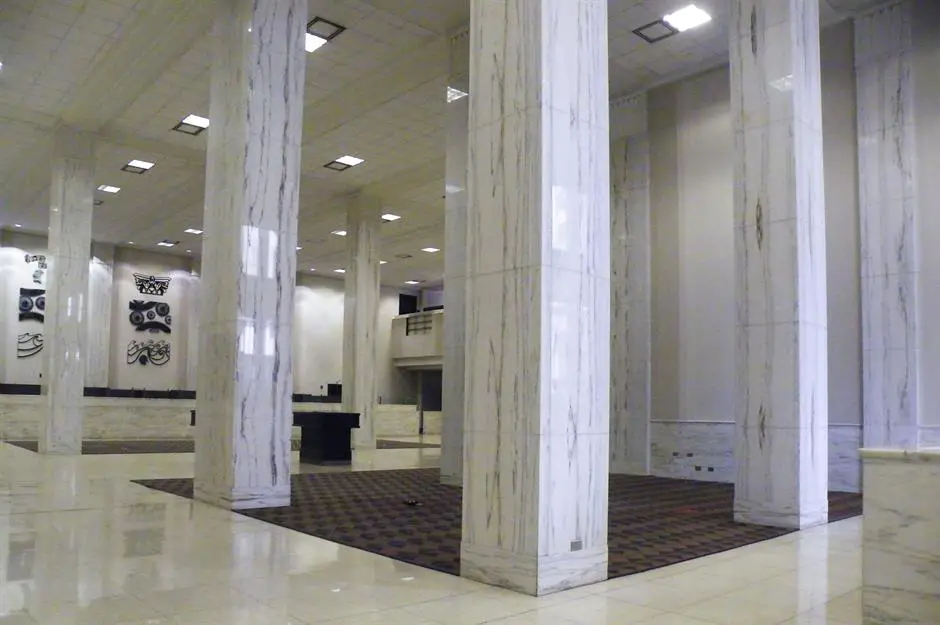
Much like the ornate Empire Building located across the street, this skyscraper was designed in the Classical Revival style and shared the same architect, William Leslie Welton. In 1970, the building was renamed the John Hand Building in honor of the bank’s president, while the bank underwent several name changes over the years, eventually becoming AMSouth Bancorporation in the same year.
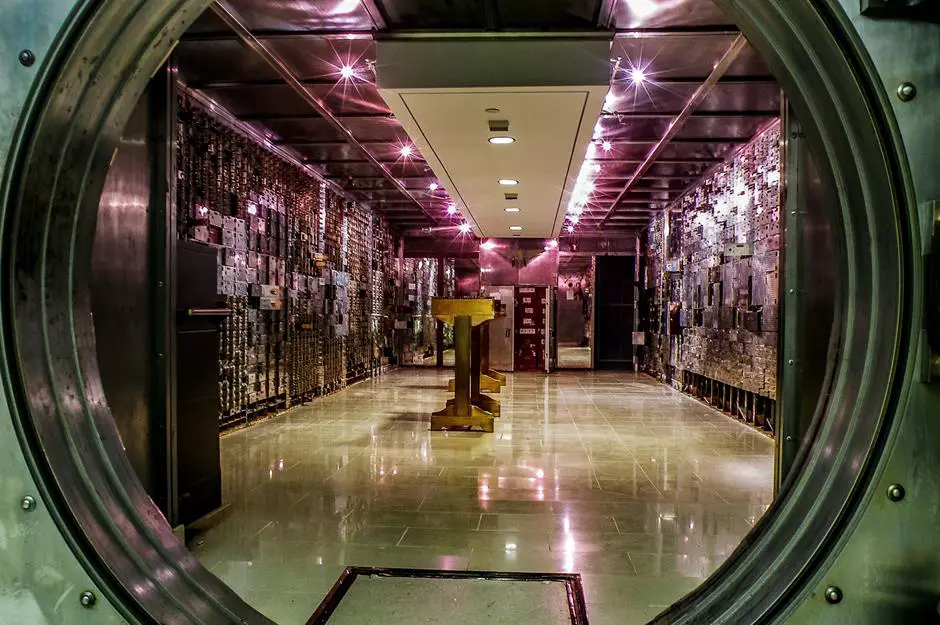
In 1994, AMSouth Bancorporation relocated to two modern towers, leaving the John Hand Building empty. The skyscraper remained abandoned for a number of years until it was purchased at auction for the remarkably low price of $1.5 million (£1.1m) by financier Jimmy Taylor. Taylor invested $20 million (£15m) in restoring the building and established it as the headquarters of his new financial institution.
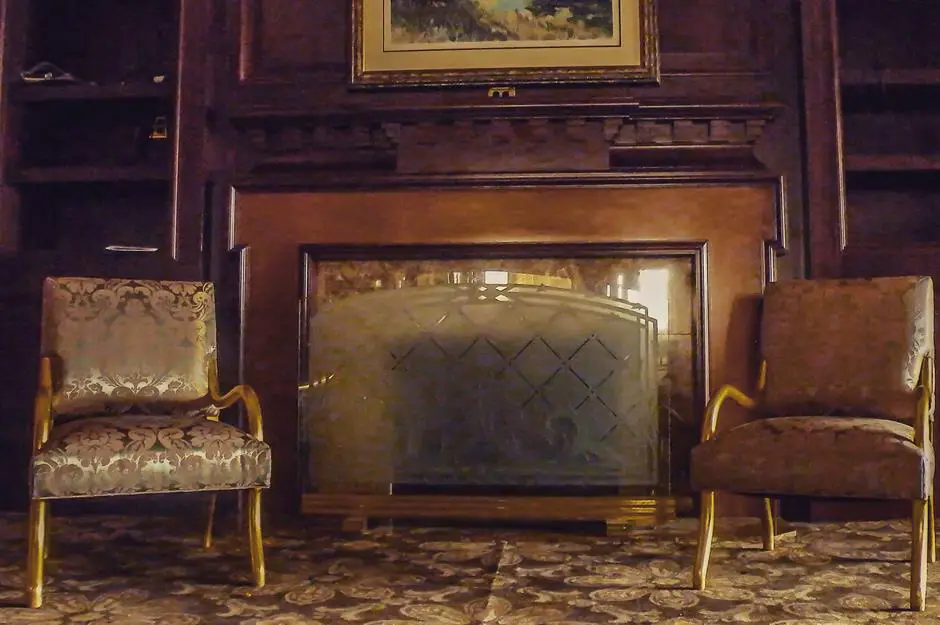
In 1999, Taylor opened an exclusive gentlemen’s club, requiring an annual membership fee of $20,000 (£15k). Situated on the 20th and 21st floors, the luxurious club boasted opulent interior furnishings, including plush leather seating and a Steinway piano. Over time, women were reportedly allowed to join, and the membership fee was reduced to attract new members.
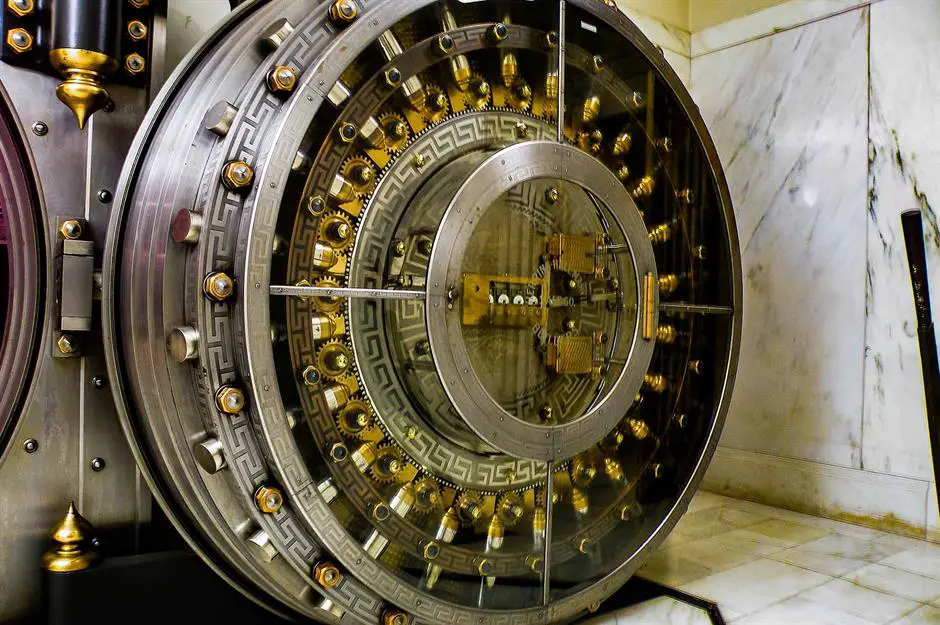
However, the party came to an end in the early 2010s with the collapse of Taylor’s bank, leading to his personal bankruptcy, as reported by Advance Local. The club shut down, and the John Hand Building was seized by the authorities and later sold. It now serves as the headquarters for the same-day delivery service Shipt, and the former members’ club has been transformed into an event space. One can only wonder if the magnificent vault door is still visible, making for a truly unique and stylish panic room!
Recommended: Unbelievably Expensive Abandoned Mansions
Ramsay-McCormack Building
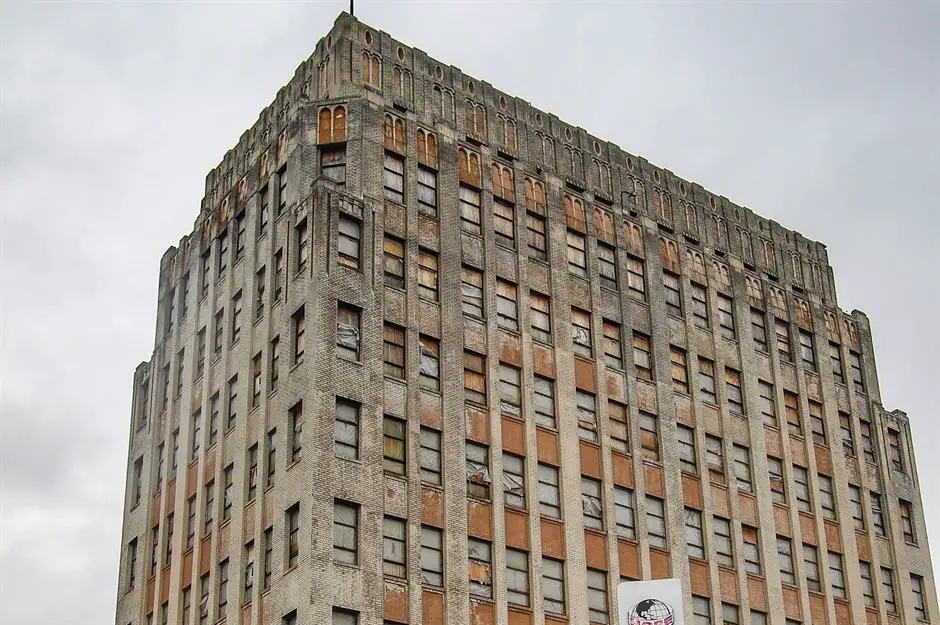
The Ramsay-McCormack Building, a striking Art Deco skyscraper, proudly stood as the tallest building in Ensley, Alabama. It was completed in 1929, reaching a height of 144 feet and consisting of 10 stories. The tower was named after the development company responsible for its construction, specifically its founders, Erskine Ramsay and Carr McCormack.
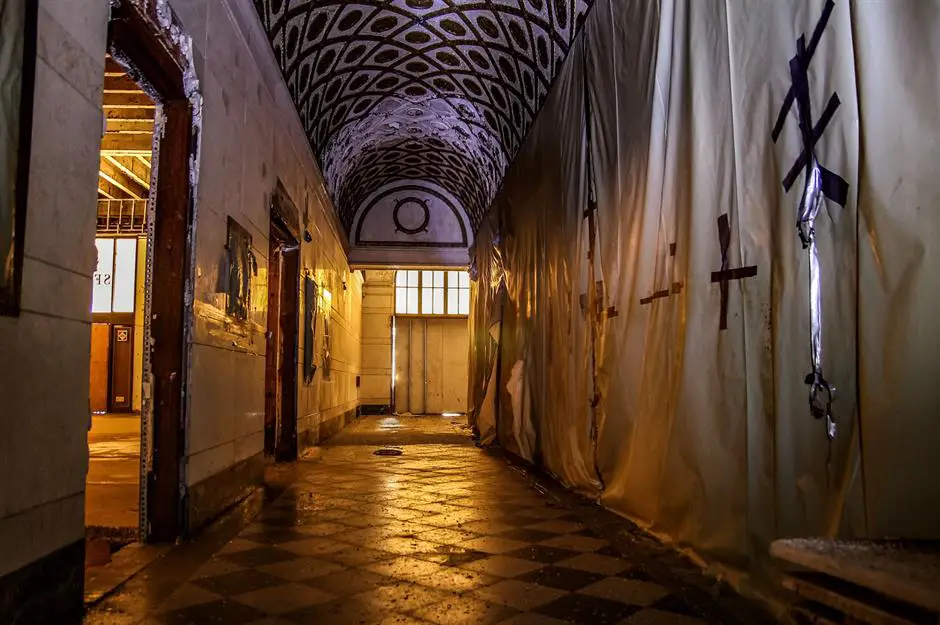
The ground floor of the building housed the Ensley Bank, while several upper levels were occupied by US Steel. Despite a renovation effort in 1970, US Steel eventually vacated the building after the closure of the Ensley Steel Works in 1975. By 1979, the tower had been permanently closed.
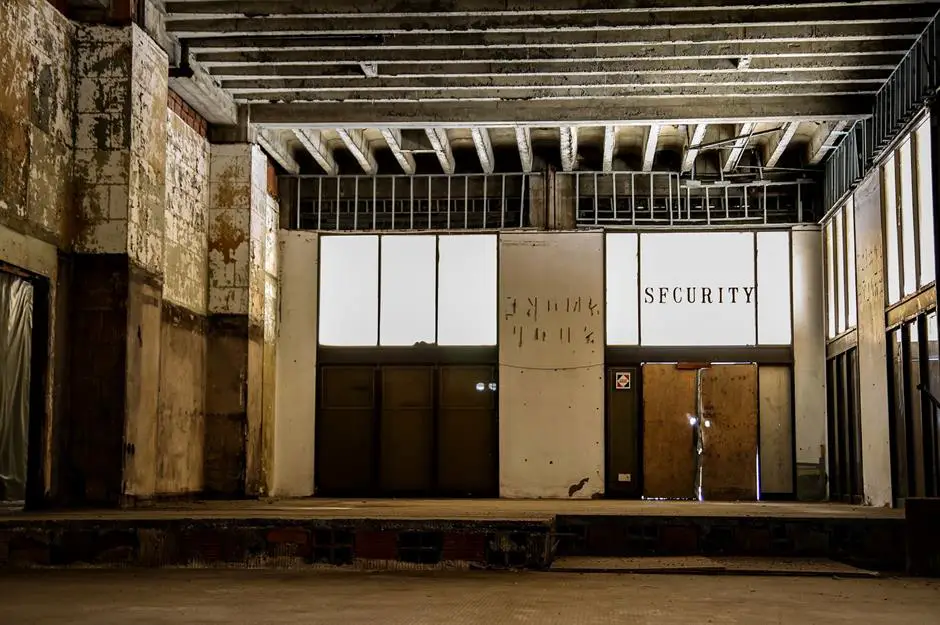
In 1983, US Steel sold the skyscraper to the City of Birmingham for a mere dollar, even though it was in a precarious state of disrepair at that time. The City commissioned a study in the late 1990s to explore the possibility of renovating and repurposing the historic structure. Unfortunately, the findings were far from promising.

The building was found to be heavily contaminated with asbestos and lead, and numerous structural problems affecting the balcony and roof levels were discovered. As a result, the skyscraper was deemed a hazardous and unsafe site from a health and safety standpoint. Despite a recommendation for cleanup, little action was taken.
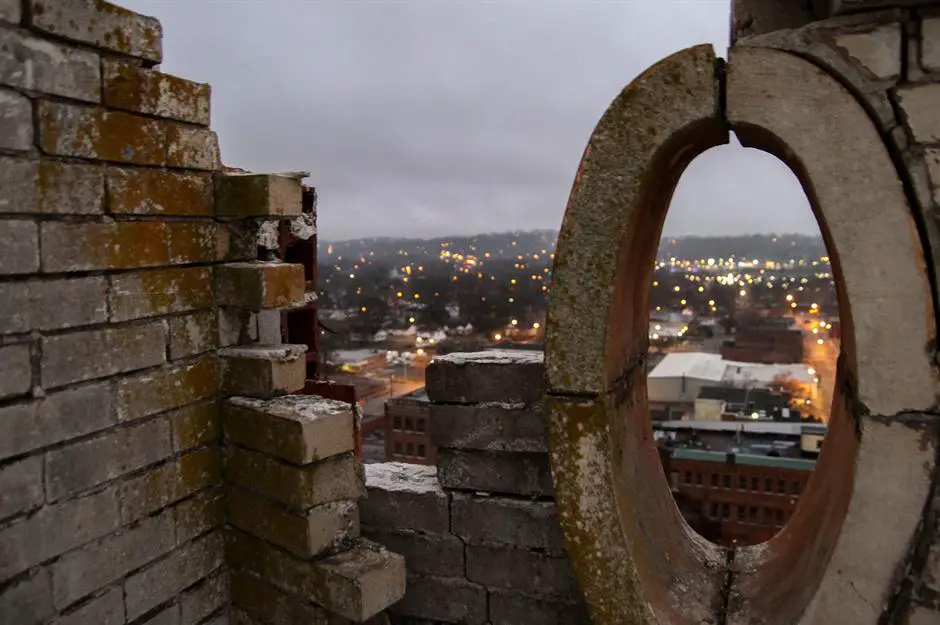
Various proposals came and went, and a local attorney even attempted to sue the City in an effort to compel action on the building. Eventually, a decision was made, though not the one that historical conservationists had hoped for. The authorities chose to demolish the contaminated tower. The final stage of the demolition was carried out in April 2021, and plans are in place to construct a replacement five-story structure in its stead, incorporating salvaged materials from the original building.
Thomas Jefferson Tower
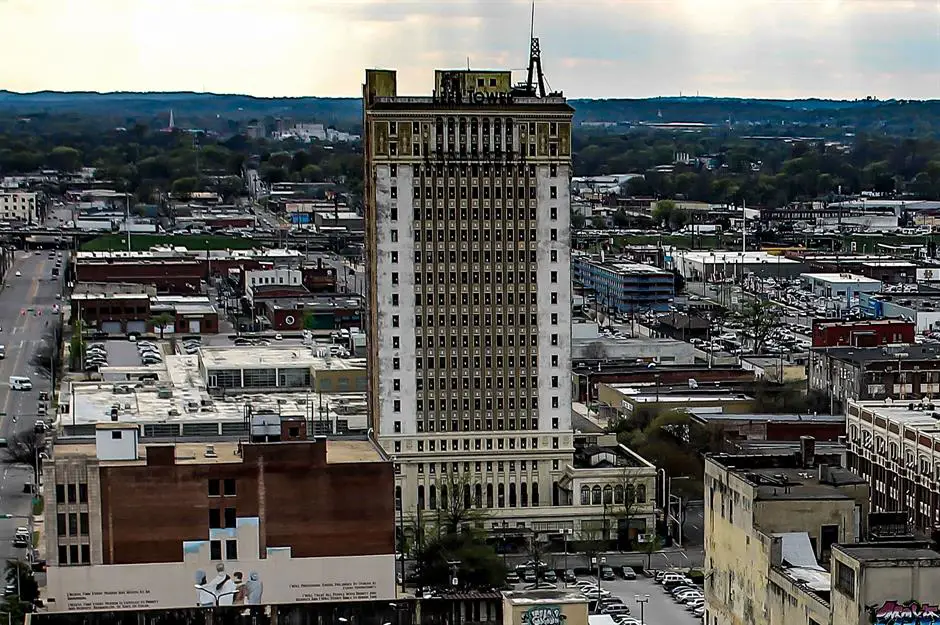
The Thomas Jefferson Tower, a 19-story building located in downtown Birmingham and standing at 287 feet tall, was originally opened in 1929 as a luxurious 350-room hotel. One of its most captivating features is the rooftop mooring mast designed for Zeppelins and other airships, believed to be the last surviving structure of its kind in the world.

According to the Smithsonian Magazine, the hotel’s bellboys ran a profitable bootlegging operation during the Prohibition era. They sourced rye whiskey from a nearby police station and discreetly sold it to grateful guests.
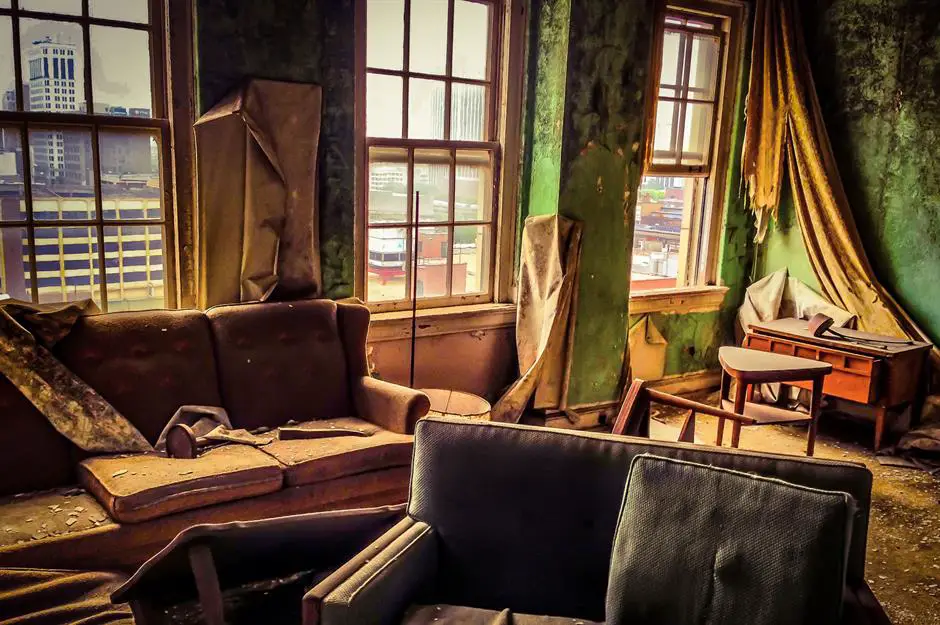
The hotel was known for its upscale suites equipped with the latest modern conveniences, such as private bathrooms, air conditioning, televisions, and radios. It also offered top-notch amenities and entertainment, making it a popular choice for celebrities. The list of famous guests included Marilyn Monroe, who reportedly turned heads when she ascended the grand staircase to the ballroom, as well as Ray Charles, and U.S. Presidents Calvin Coolidge and Herbert Hoover.
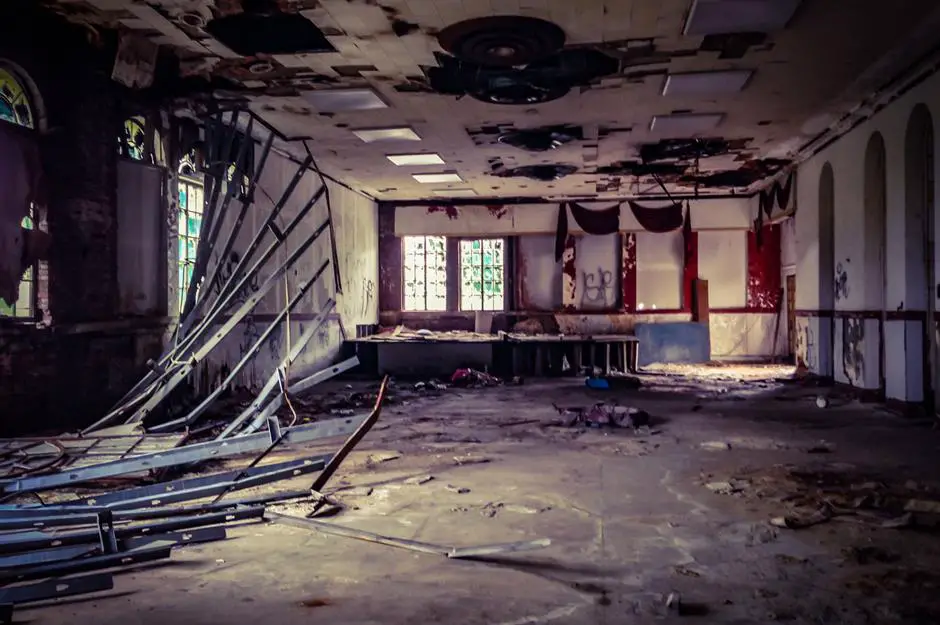
However, as the economy faced stagnation in the 1970s, the fortunes of this grand hotel began to decline. The Thomas Jefferson changed ownership and was transformed into the Cabana Hotel. The marble floors were covered with shag carpeting, and the lofty ceilings were unfortunately lowered.
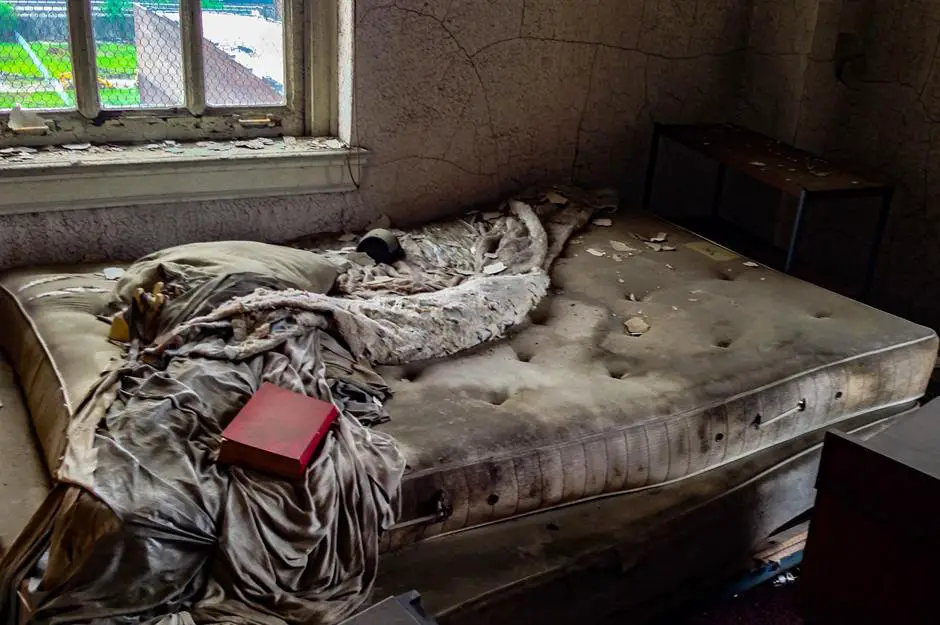
By the early 1980s, the tower had experienced a significant fall from grace, having been struck by two destructive fires. The Cabana Hotel closed its doors in 1983. After two unsuccessful renovation attempts, the long-abandoned building finally underwent a comprehensive overhaul in 2015, at a cost of $30 million (£22.5m), and was transformed into a deluxe apartment complex.
City Federal Building
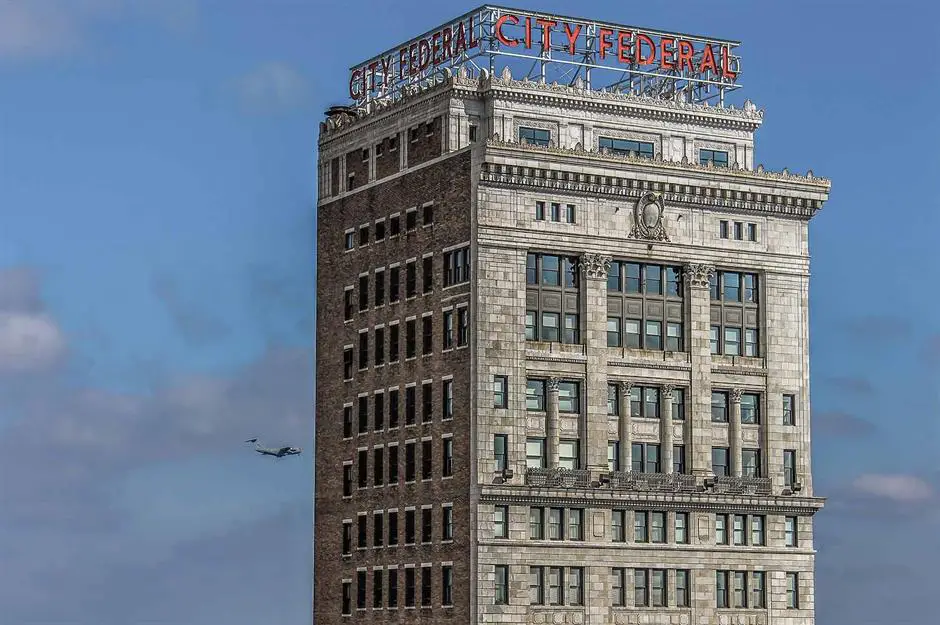
The City Federal Building, a towering 27-story structure, held the title of Birmingham’s tallest building from 1913 until 1972, reaching a height of 325 feet. It remains the tallest neo-classical skyscraper in the Southern United States. Originally constructed for the Jefferson County Bank, the building, however, proved to be somewhat of a curse. The bank’s collapse in 1915 was partly attributed to the staggering cost of this grand edifice.
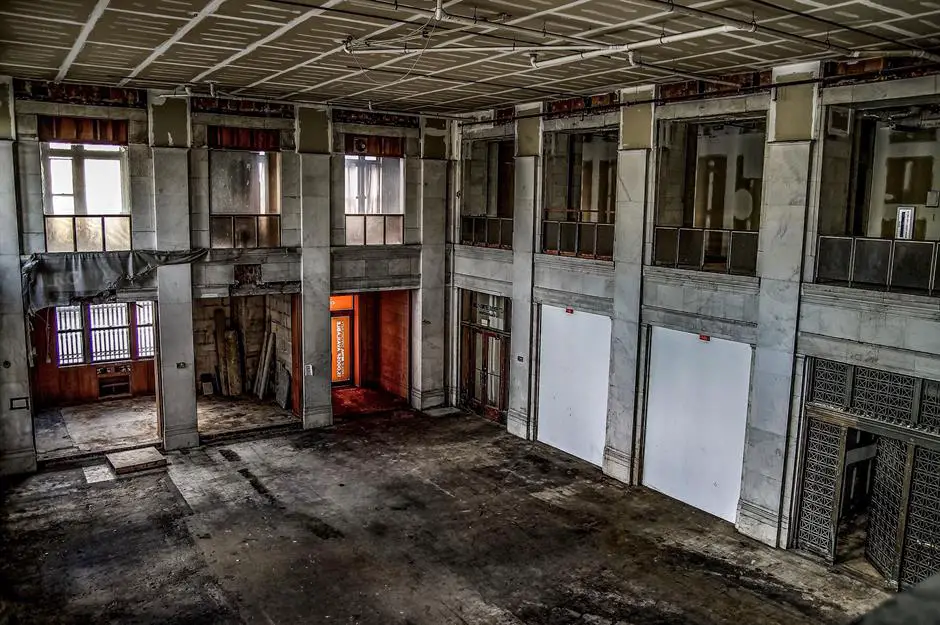
The skyscraper changed hands and was subsequently renamed the Comer Building in honor of former Alabama Governor BB Comer. It boasted a diverse range of respectable tenants, including the city’s press club and the Women’s Missionary Union. In 1962, the tower underwent a $250,000 (£188k) renovation and a name change after it was purchased by City Federal Savings & Loan.
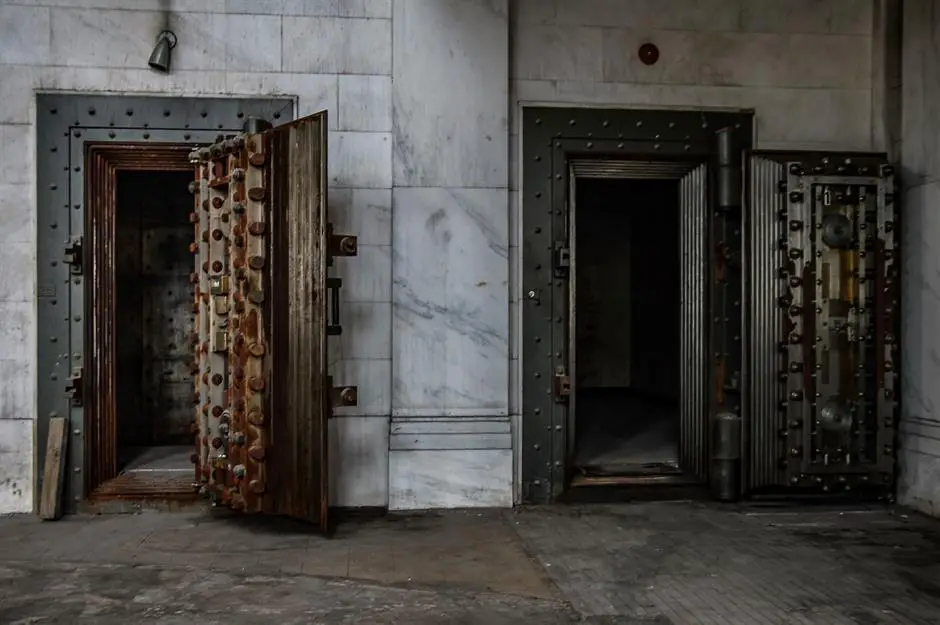
In 1964, one of the most popular radio stations in the South, WSGN-AM, took up residence in the penthouse. However, fast forward to the 1990s, and the skyscraper had lost much of its former glory. It was vacated in 1995, and years of neglect took a toll on the building. In the latter part of the decade, a protective fence had to be erected around the base to shield pedestrians from falling masonry from the deteriorating facade.
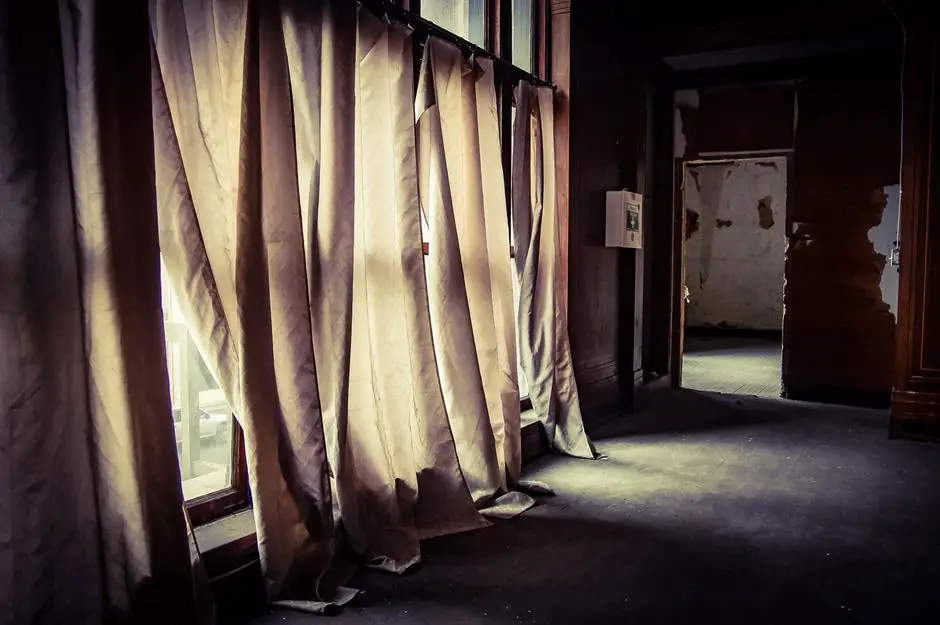
In 2005, an Atlanta-based developer acquired the abandoned building and launched an extensive renovation project to transform the run-down office space into 84 upscale condominiums. However, the ambitious conversion faced its fair share of challenges. Initially, selling the condos proved to be a struggle, with a few units sold at significantly reduced prices.
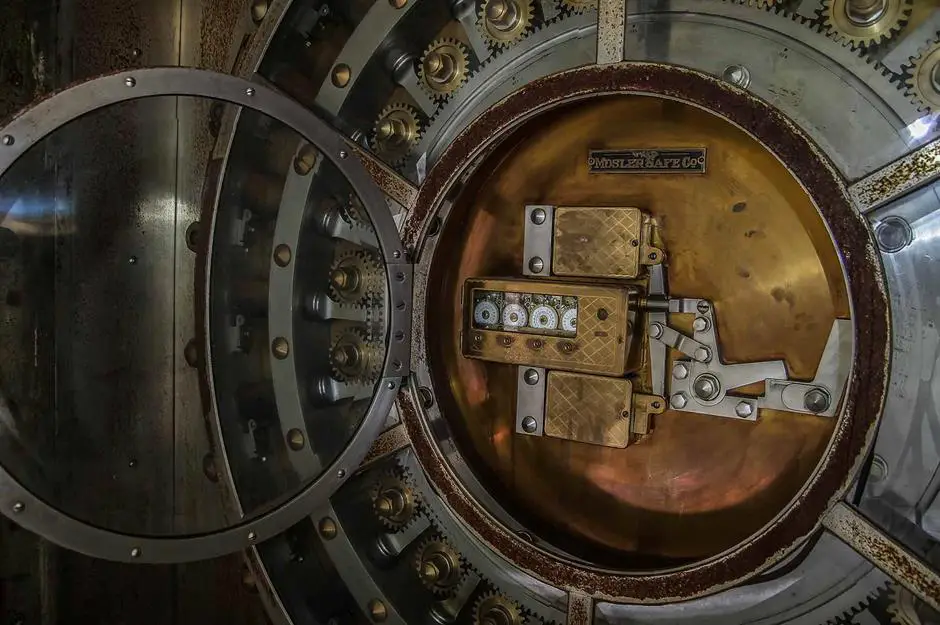
In 2013, the building made headlines for all the wrong reasons when the leader of one of Birmingham’s prominent heroin and cocaine rings was apprehended in his condo on the 12th floor. He was later sentenced to 22 years in prison and, ironically, tossed $60,000 (£45k) in cash out of the window just before his arrest – a stark contrast to the building’s original purpose as a bank.
The Laura Street Trio
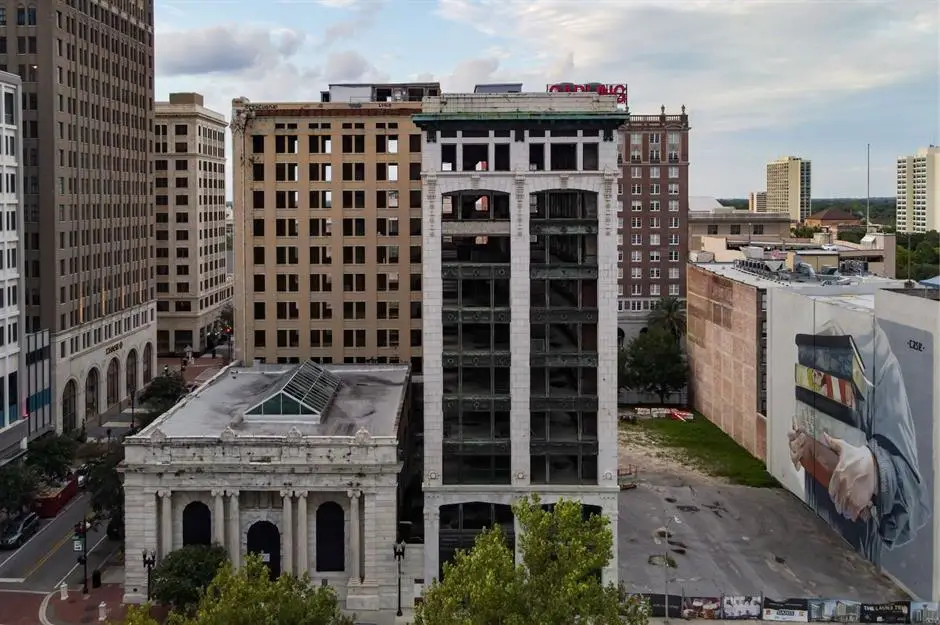
The Laura Street Trio, consisting of the Florida National Bank Building, the Bisbee Building, and the Florida Life Building, is located in downtown Jacksonville, Florida. These historic buildings are considered some of the most endangered architectural treasures in the city, and they all emerged a few years after the devastating Great Fire of 1901, which ranks as the third-largest city fire in American history.
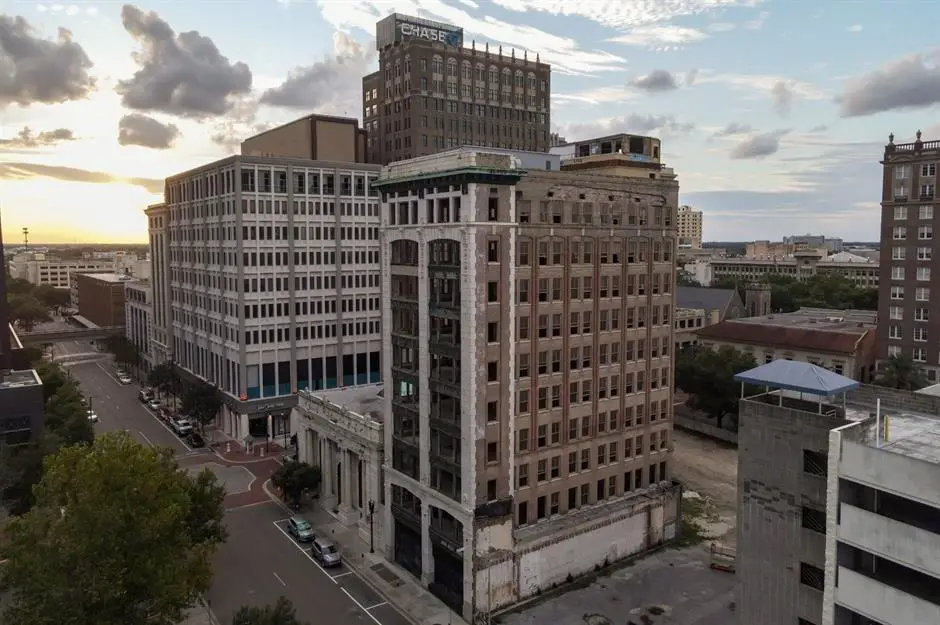
The first of the trio to be constructed was the Florida National Bank Building, which opened its doors in 1902 under the name Mercantile Exchange Bank. The building was the creation of architect Edward H. Glidden, who opted for a luxurious neo-classical revival design, featuring oversized windows and prominent marble columns. Unfortunately, the Mercantile Exchange Bank’s existence was brief, as it was acquired by what would soon become the Florida National Bank in 1905. The new owners expanded the building, but they wisely preserved its historic features. The interior underwent renovations in 1916, adding a massive skylight and expanding the grand central banking lobby, earning the building the nickname “the Marble Bank.”
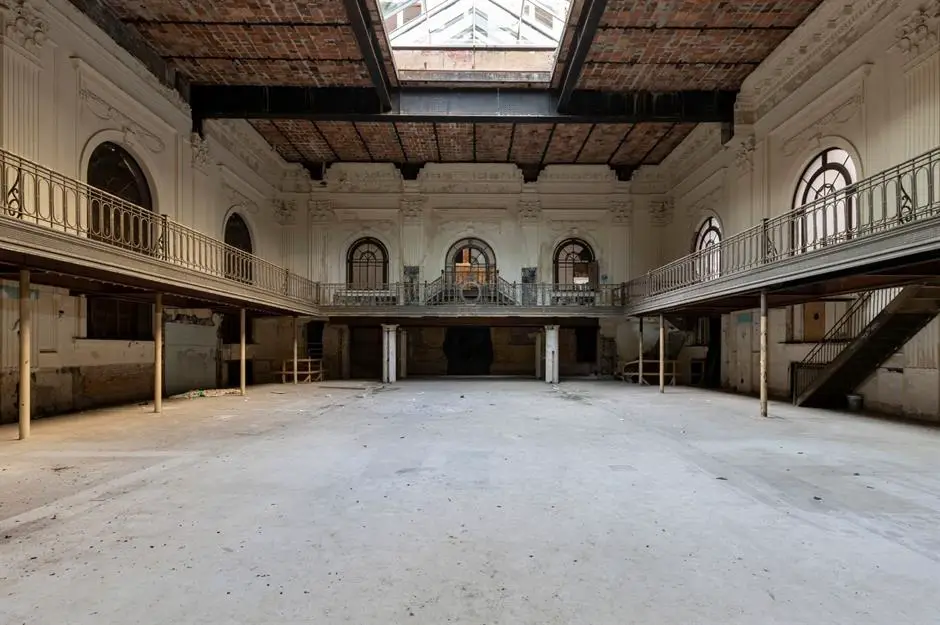
In the 1960s, Florida National Bank moved out, and Jacksonville National Bank took over the space, aiming to restore many of the building’s historical design elements. Later, the bank extended its presence into the other two buildings in the trio.
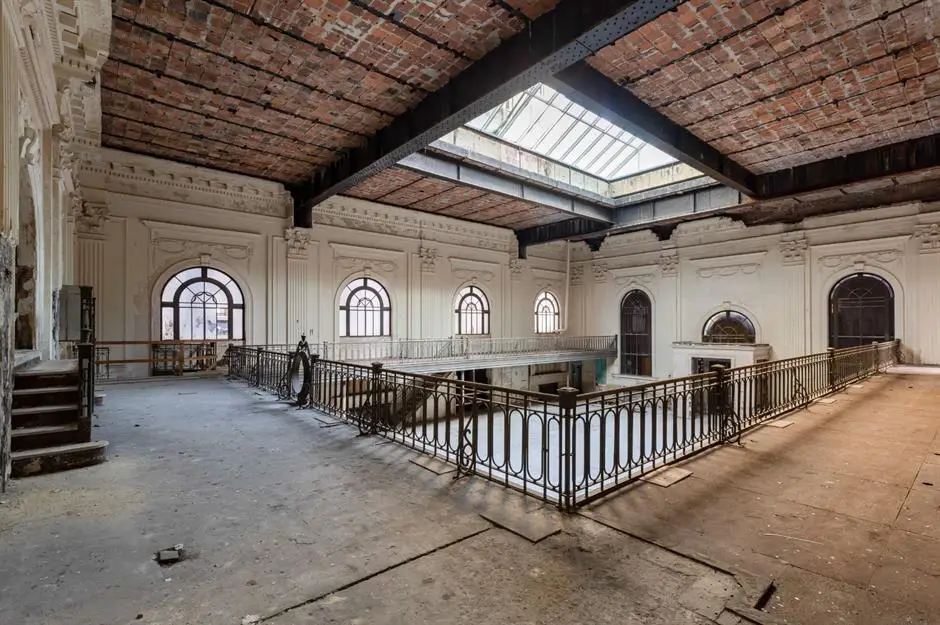
The Bisbee Building, designed by renowned architect Henry J. Klutho, was completed in 1909 and rose to 10 floors, making it one of Jacksonville’s early skyscrapers. The last of the trio, the Florida Life Building, was finished in 1912. Although it is slender and stretches 11 stories, it briefly claimed the title of the tallest building in Jacksonville.
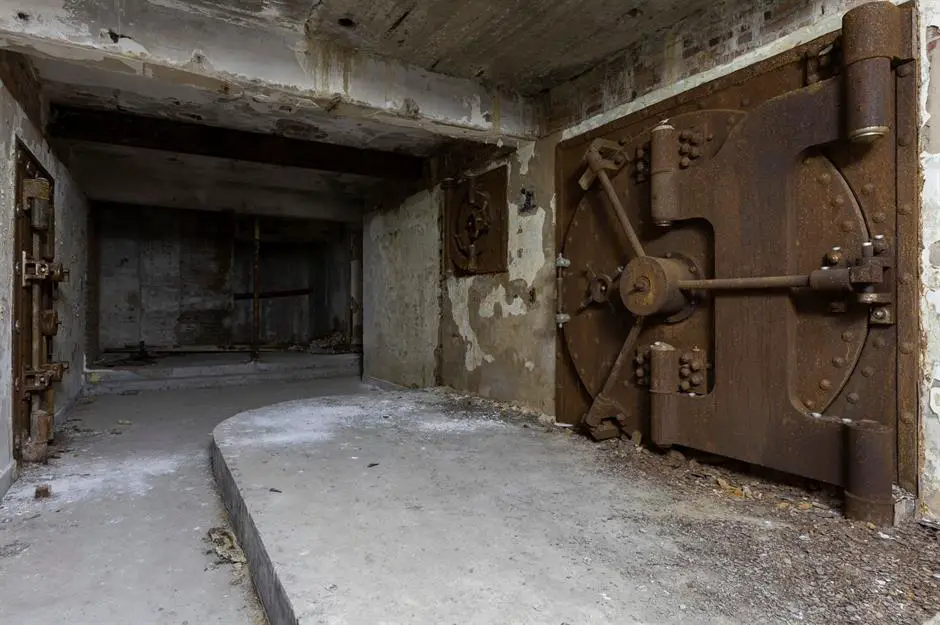
In the mid-1990s, the Laura Street Trio sat vacant, but in 1999, a German investor acquired the properties. However, reports suggested that the investor threatened to demolish these historic buildings. To prevent their destruction, the City of Jacksonville assumed ownership in 2002, purchasing the trio for $3 million (£2.3m). Now under the ownership of the Southeast Group, it was announced in September 2021 that renovation work would begin soon to transform the trio into a Marriott hotel. If you’re eager for more information, you can explore Leland Kent’s new book, “Abandoned Alabama: Exploring the Heart of Dixie,” which is filled with stunning photography of other remarkable abandoned spaces.
Recommended: Abandoned: Five Ghost Towns Worth Visiting